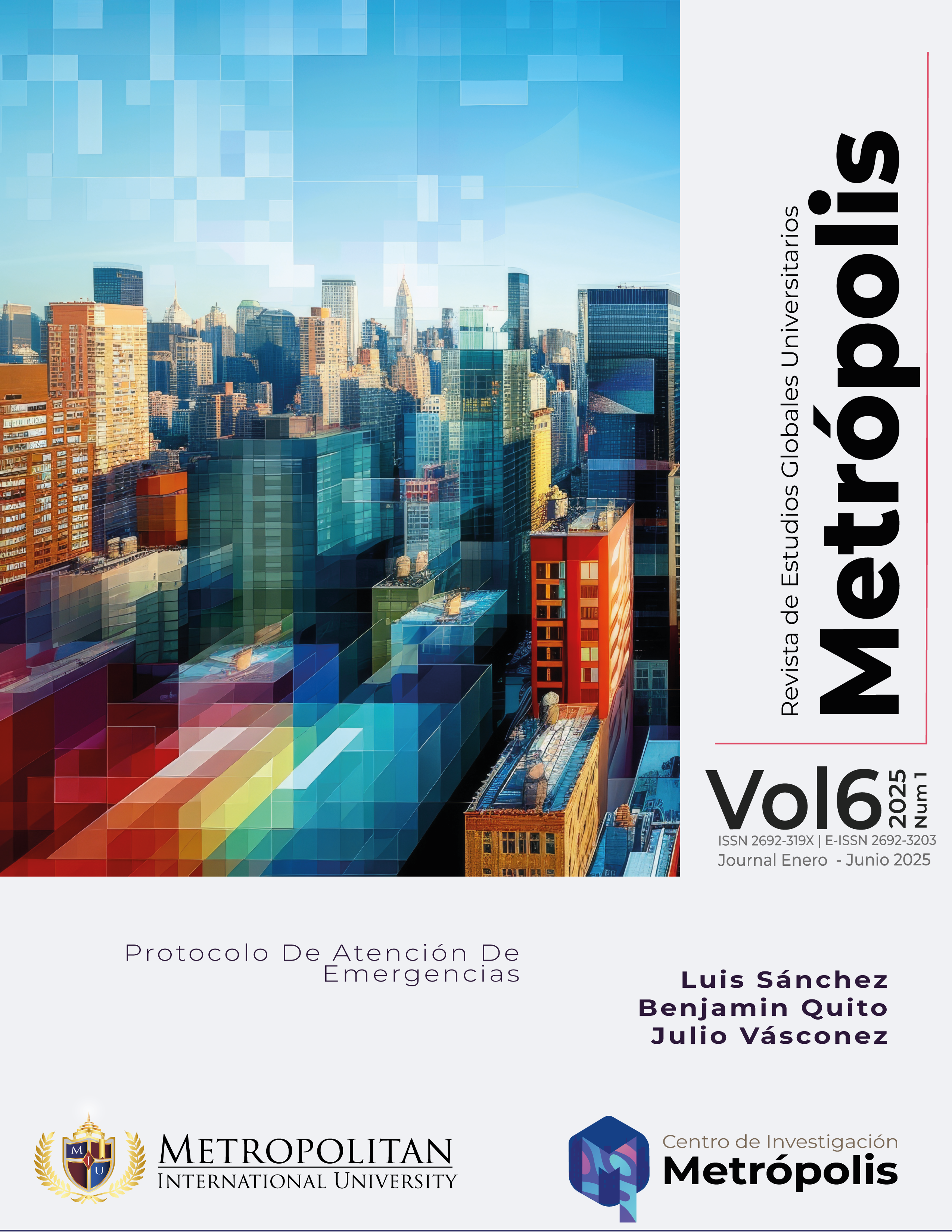Emergency Care Protocol: The Risk of Infections Responding to Trauma Emergencies for the Babahoyo Fire Department
Keywords:
Emergency protocol, infections, trauma, biosafety, Fire DepartmentAbstract
The present study aims to design an emergency care protocol to mitigate the risk of infection during trauma care at the Babahoyo Fire Department. Infections associated with prehospital care represent a significant threat to the health of firefighters and patients, especially in settings where biosafety procedures are limited. The methodology used includes a literature review of international standards (WHO, CDC, NFPA), analysis of the Ecuadorian legal framework, and evaluation of current Fire Department procedures. A protocol structured in three phases is proposed: prevention, response, and post-intervention, integrating hygiene measures, use of personal protective equipment (PPE), and disinfection of materials. The results show that the implementation of this protocol will reduce the incidence of infections, improving staff safety and the quality of care. The study concludes with recommendations for ongoing training, regulatory updates, and strengthening logistical resources.

Downloads
Published
How to Cite
Issue
Section
License

This work is licensed under a Creative Commons Attribution-NonCommercial-ShareAlike 4.0 International License.



